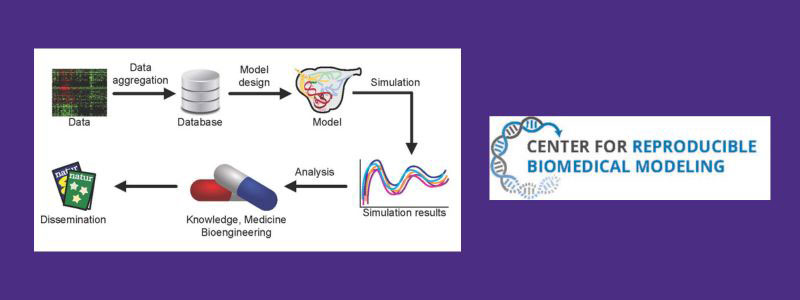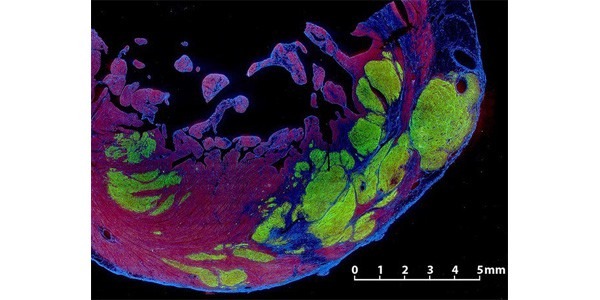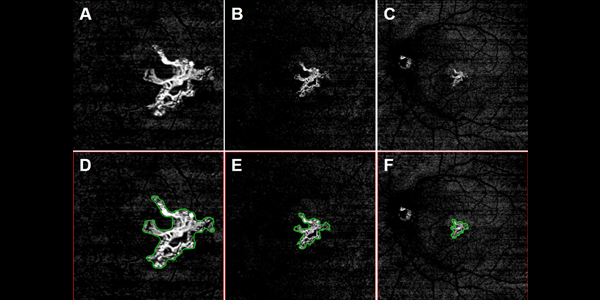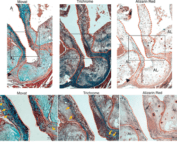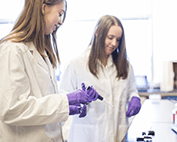UW Bioengineering
Fast Facts
News and Events
Ayokunle Olanrewaju receives prestigious Beckman Young Investigator Award
The Arnold and Mabel Beckman Foundation awarded UW BioE and ME Assistant Professor Ayokunle (Ayo) Olanrewaju with the Beckman Young Investigator Award.
NIH provides major support to CRBM for advancing reproducible biomedical modeling
The National Institute of Biomedical Imaging and Bioengineering has committed a multi-million-dollar grant to support the CRBM at the University of Washington.
UW Bioengineering Awards 2024
During the 2024 Bioengineering Capstone Gala, 12 students, faculty, [...]
News & Events
Featured Publications
Human embryonic stem cell–derived cardiomyocytes restore function in infarcted hearts of non-human primates
Charles Murry and colleagues demonstrate that remuscularization of the infarcted macaque heart with human myocardium provides durable improvement in left ventricular function.
Increased Calcific Aortic Valve Disease in response to a diabetogenic, procalcific diet in the LDLr-/-ApoB100/100 mouse model
The Scatena and Giachelli labs developed an animal model that mimicked the structural and functional features of CAVD in people with T2DM, by testing a diabetogenic, procalcific diet and its effect on the incidence and severity of CAVD and AS in the, LDLr-/-ApoB100/100 mouse model.
Comparison of Neovascular Lesion Area Measurements From Different Swept-Source OCT Angiographic Scan Patterns in Age-Related Macular Degeneration
The researchers compared area measurements for the same neovascular lesions imaged using swept source optical coherence tomography angiography (SS-OCTA) and enlarging scan patterns. The similarity in lesion area measurements across different scan patterns suggests that SS-OCTA imaging can be used to follow quantitatively the enlargement of choroidal neovascularization as the disease progresses.





